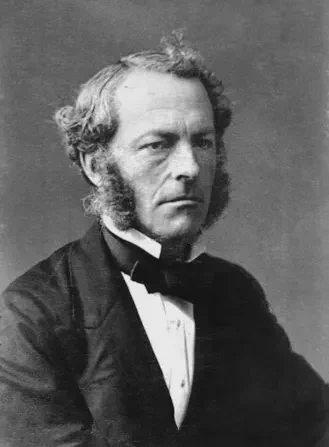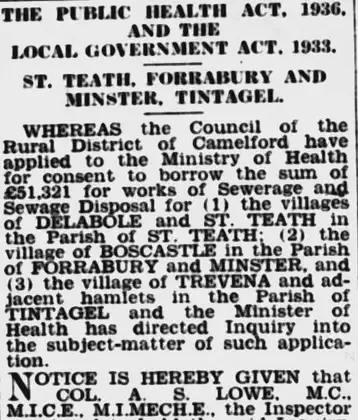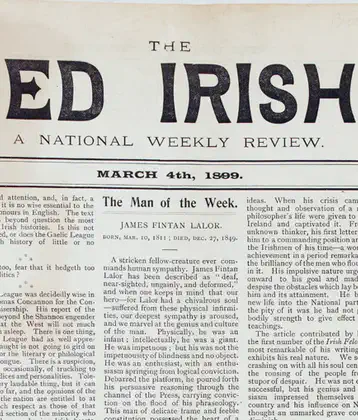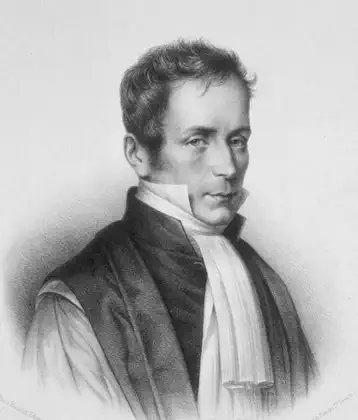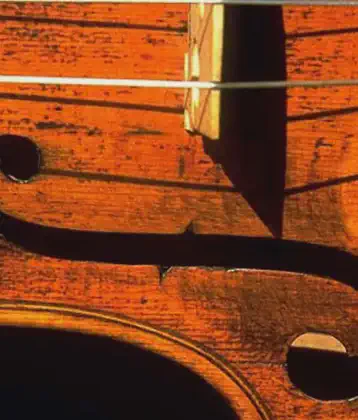August 13th , 1819
Sir George Gabriel Stokes, one of the most prominent mathematicians and physicists of the 19th century, was born on August 13, 1819, in Skreen, County Sligo, Ireland. Stokes made significant contributions to fluid dynamics, optics, and mathematical physics, and his work has had a lasting impact on these fields.
Early Life and Education
Birth and Family: Stokes was born into a Protestant family in the rural village of Skreen, County Sligo. His father, Gabriel Stokes, was the rector of the local parish, and the family was well-educated and devout. From a young age, George Gabriel Stokes showed an aptitude for mathematics and the sciences.
Education: Stokes received his early education at home before attending schools in Dublin and Bristol. In 1837, he entered Pembroke College, Cambridge, where he excelled in mathematics. Stokes graduated as the top student (Senior Wrangler) in the Mathematical Tripos in 1841 and was awarded a fellowship at Pembroke College, which allowed him to continue his research.
Contributions to Science
Fluid Dynamics: One of Stokes’ most significant contributions was to the field of fluid dynamics. He formulated the Navier-Stokes equations, which describe the motion of viscous fluids. These equations are fundamental to the study of fluid mechanics and are still used today in various fields, including engineering, meteorology, and oceanography.
Stokes’ Law: In the study of fluid mechanics, Stokes also derived Stokes’ Law, which describes the force of viscosity on a spherical object moving through a fluid. This law is crucial in understanding the behavior of particles in fluids and has applications in fields such as sedimentation, aerodynamics, and even in the study of blood flow in medicine.
Optics: Stokes made groundbreaking contributions to the study of light and optics. He is particularly known for his work on fluorescence, a phenomenon where certain materials absorb light at one wavelength and emit it at another, typically longer, wavelength. Stokes’ research in this area led to the formulation of Stokes’ shift, which describes the difference in wavelength between the absorbed and emitted light.
Mathematical Physics: Beyond fluid dynamics and optics, Stokes made important contributions to mathematical physics. His work in wave theory, the theory of sound, and the study of diffraction and polarization of light are all part of his extensive legacy in physics.
Career and Honors
Lucasian Professor of Mathematics: In 1849, Stokes was appointed the Lucasian Professor of Mathematics at the University of Cambridge, a position he held for over 50 years. This prestigious chair had previously been held by Sir Isaac Newton, and during his tenure, Stokes made many of his most significant scientific contributions.
Secretary and President of the Royal Society: Stokes served as Secretary of the Royal Society from 1854 to 1885 and later as its President from 1885 to 1890. During his time at the Royal Society, he played a crucial role in the advancement of scientific research in Britain.
Honors: For his contributions to science, Stokes was knighted in 1889. He was also awarded numerous honors throughout his life, including the Copley Medal, the Royal Medal, and the Rumford Medal from the Royal Society.
Legacy
Impact on Science: Sir George Gabriel Stokes’ work laid the foundation for much of modern fluid dynamics and optics. The Navier-Stokes equations remain central to the study of fluid mechanics, and his work on light has had a lasting impact on the field of optics.
Mathematical Legacy: Stokes’ contributions to mathematics are also profound, particularly in the areas of vector calculus and differential equations. His work continues to influence both theoretical and applied mathematics.
Death: Sir George Gabriel Stokes passed away on February 1, 1903, in Cambridge, England. His legacy as a mathematician and physicist remains, and he is remembered as one of the most influential scientific figures of his time.
Sir George Gabriel Stokes, born in Skreen, County Sligo, is celebrated as one of the great mathematicians and physicists of the 19th century, whose work has had a lasting influence on science and mathematics.
